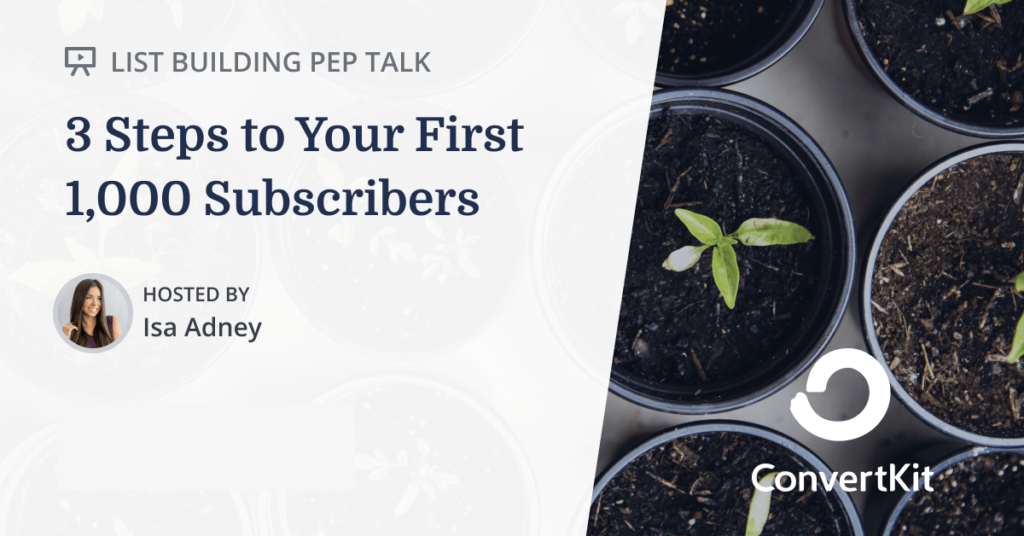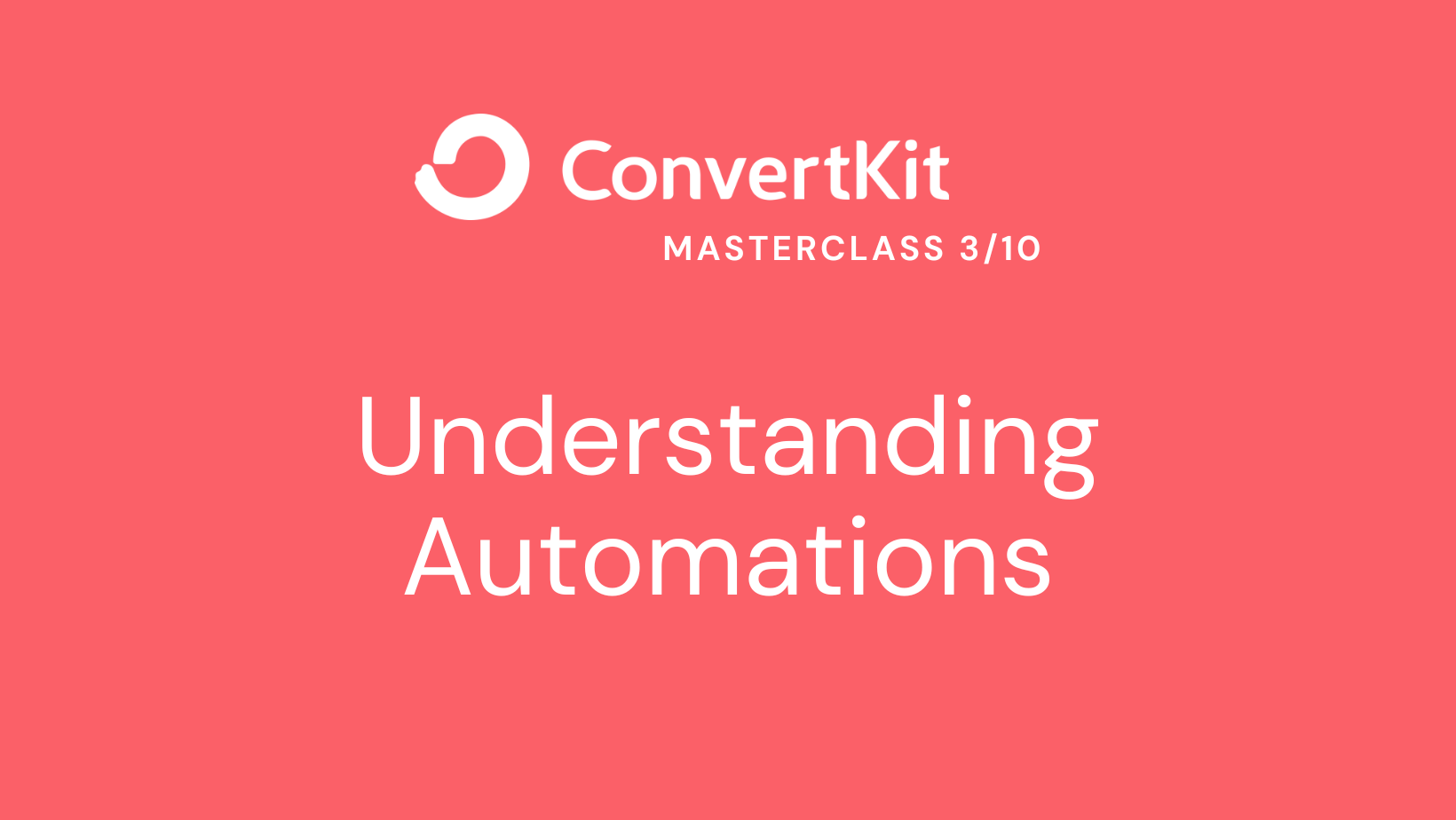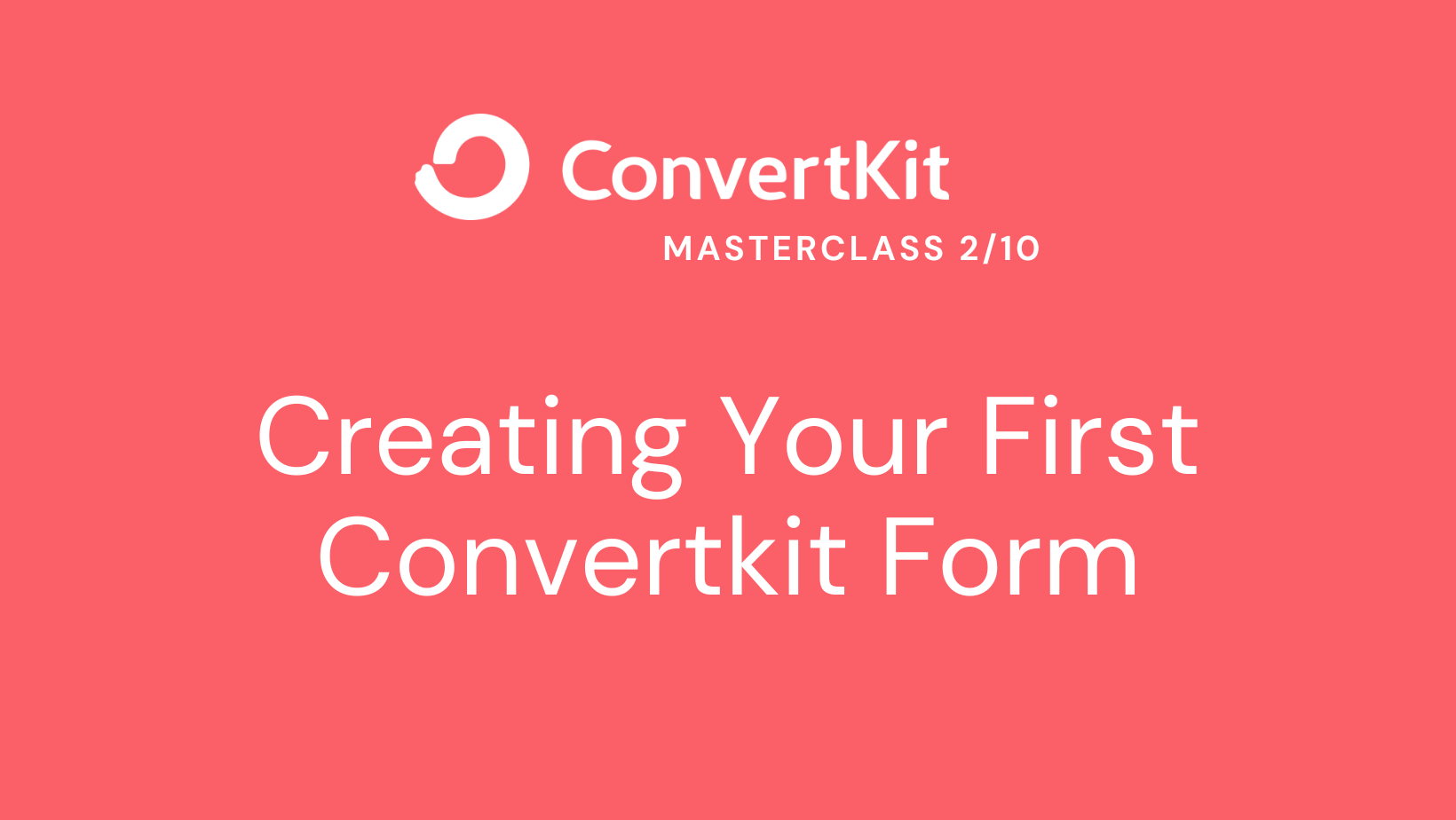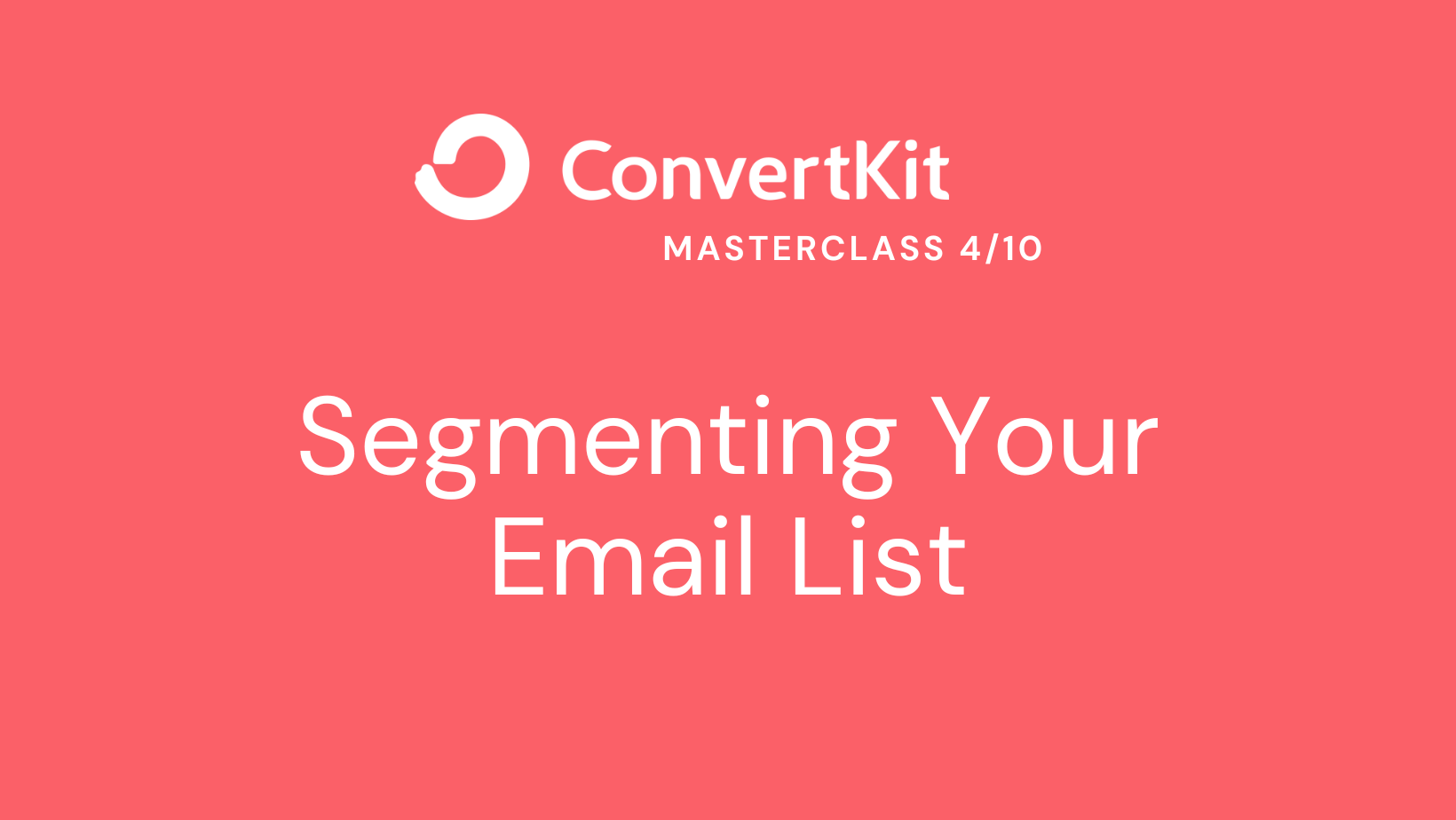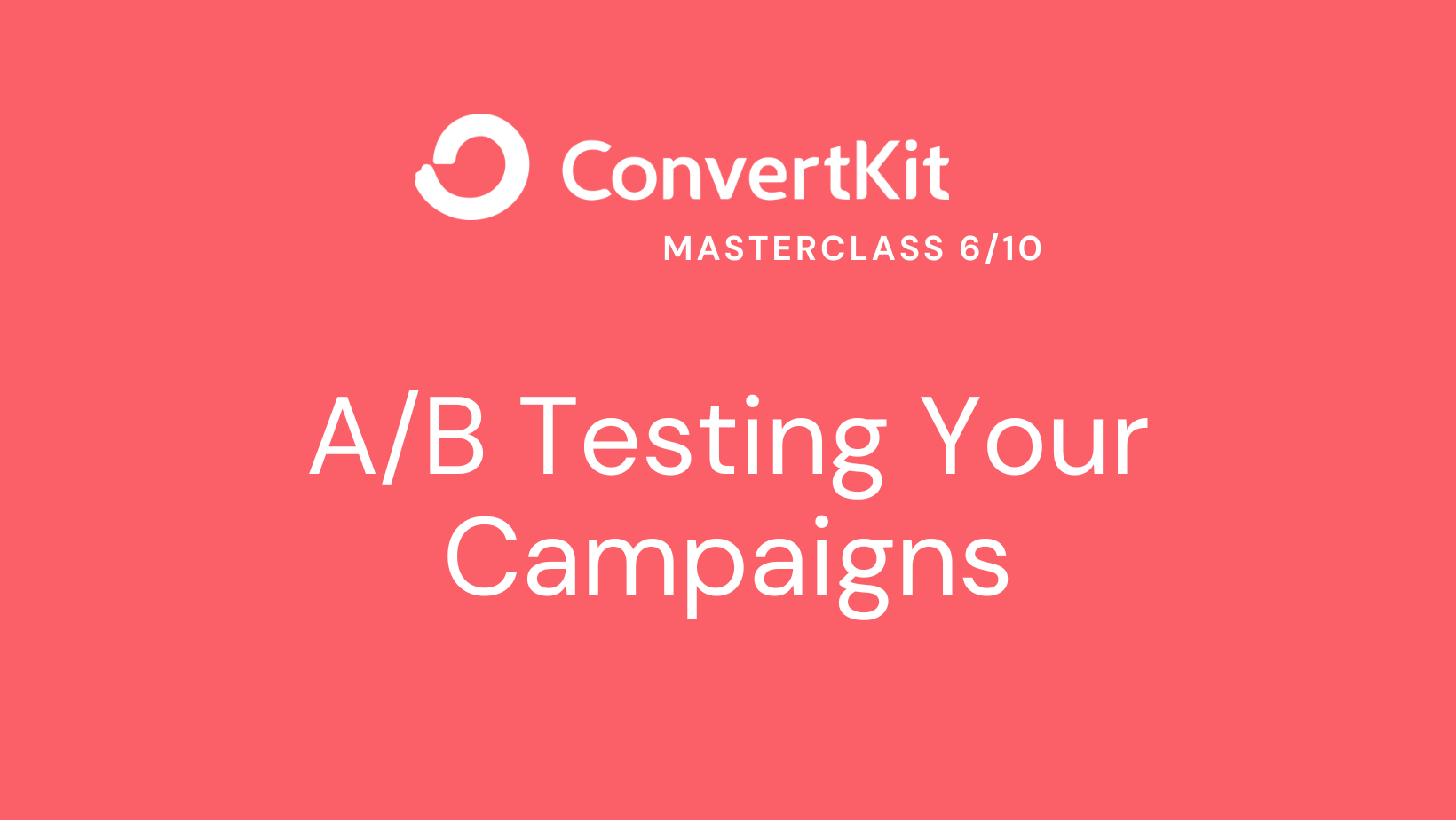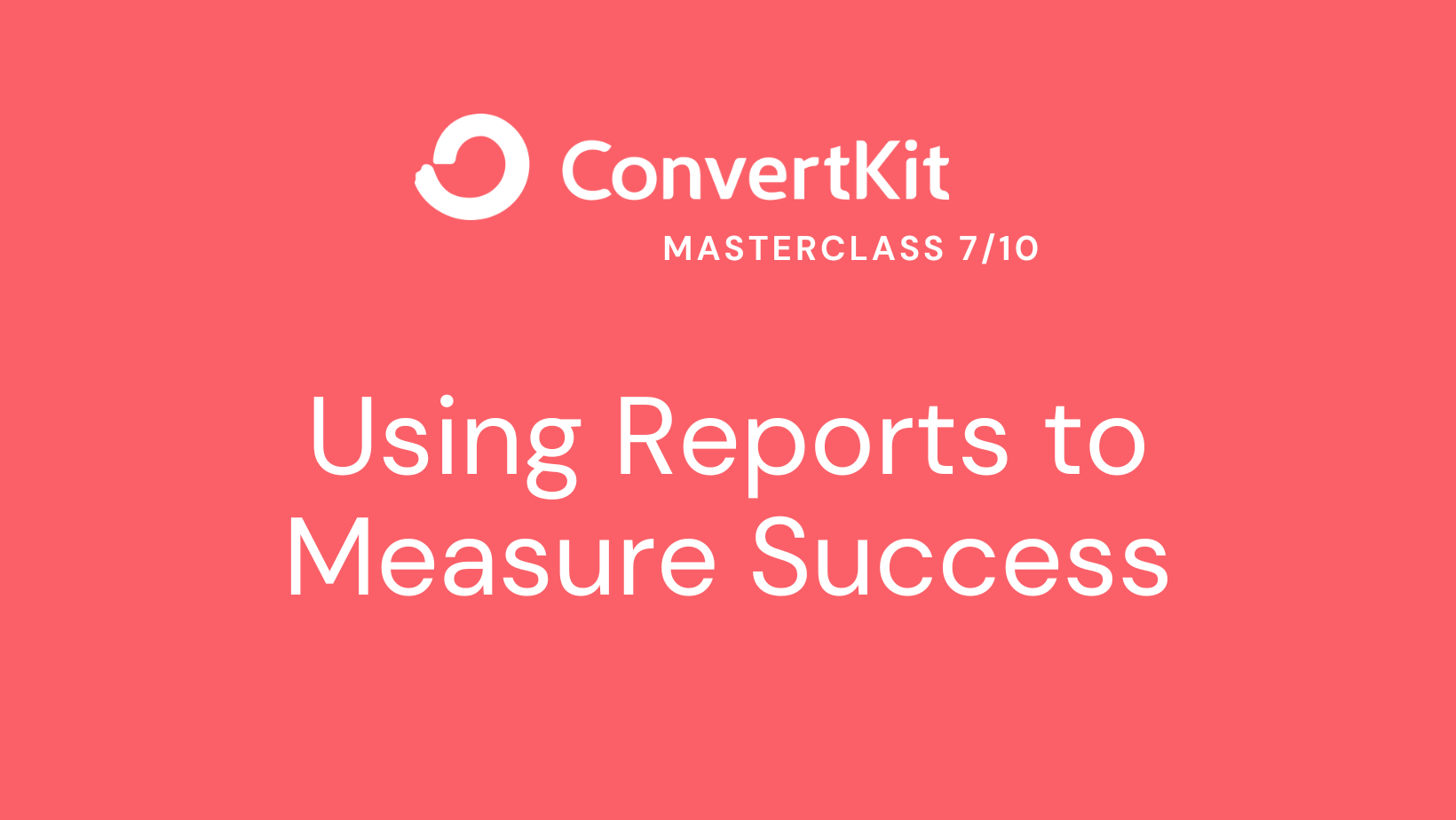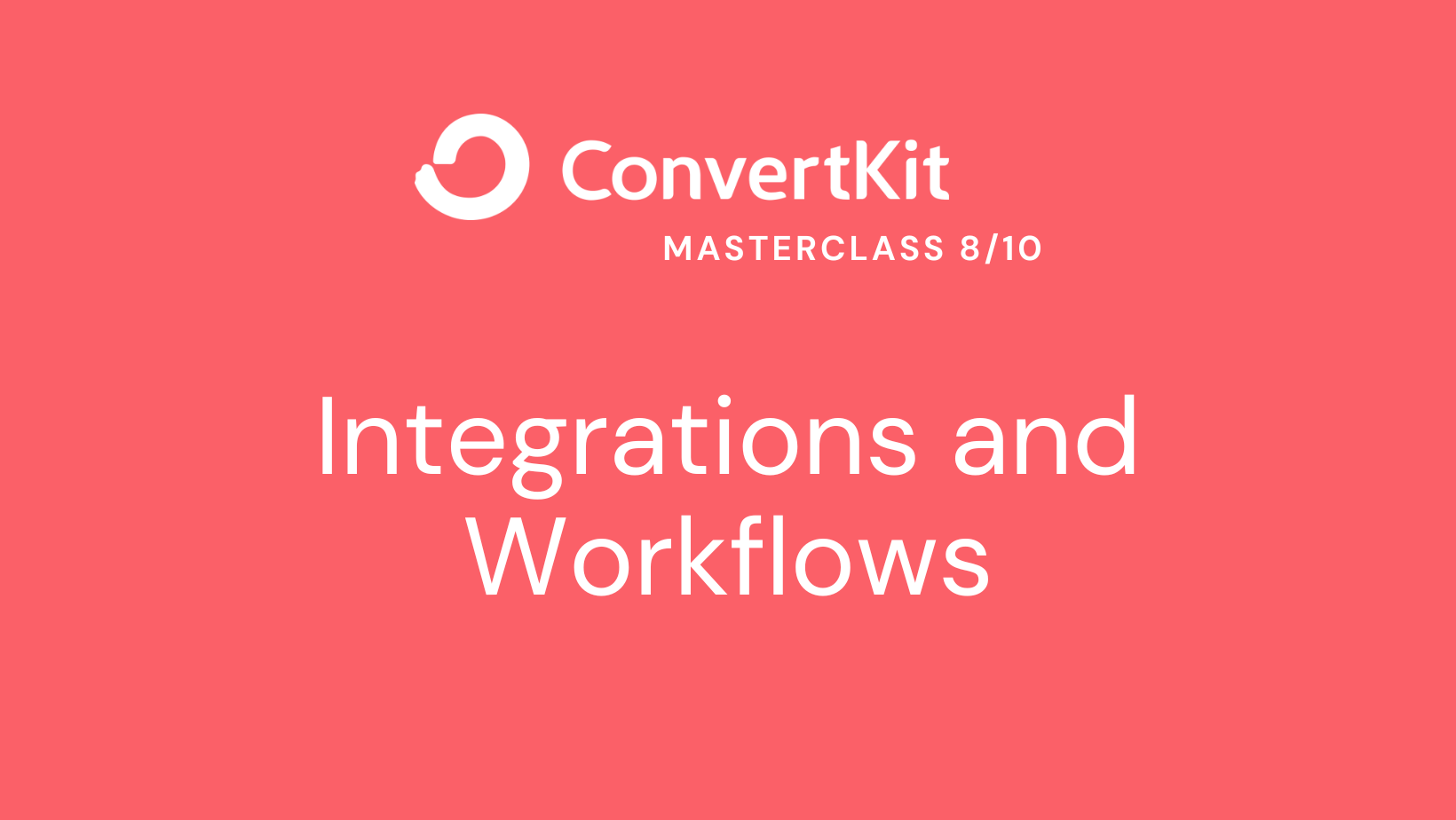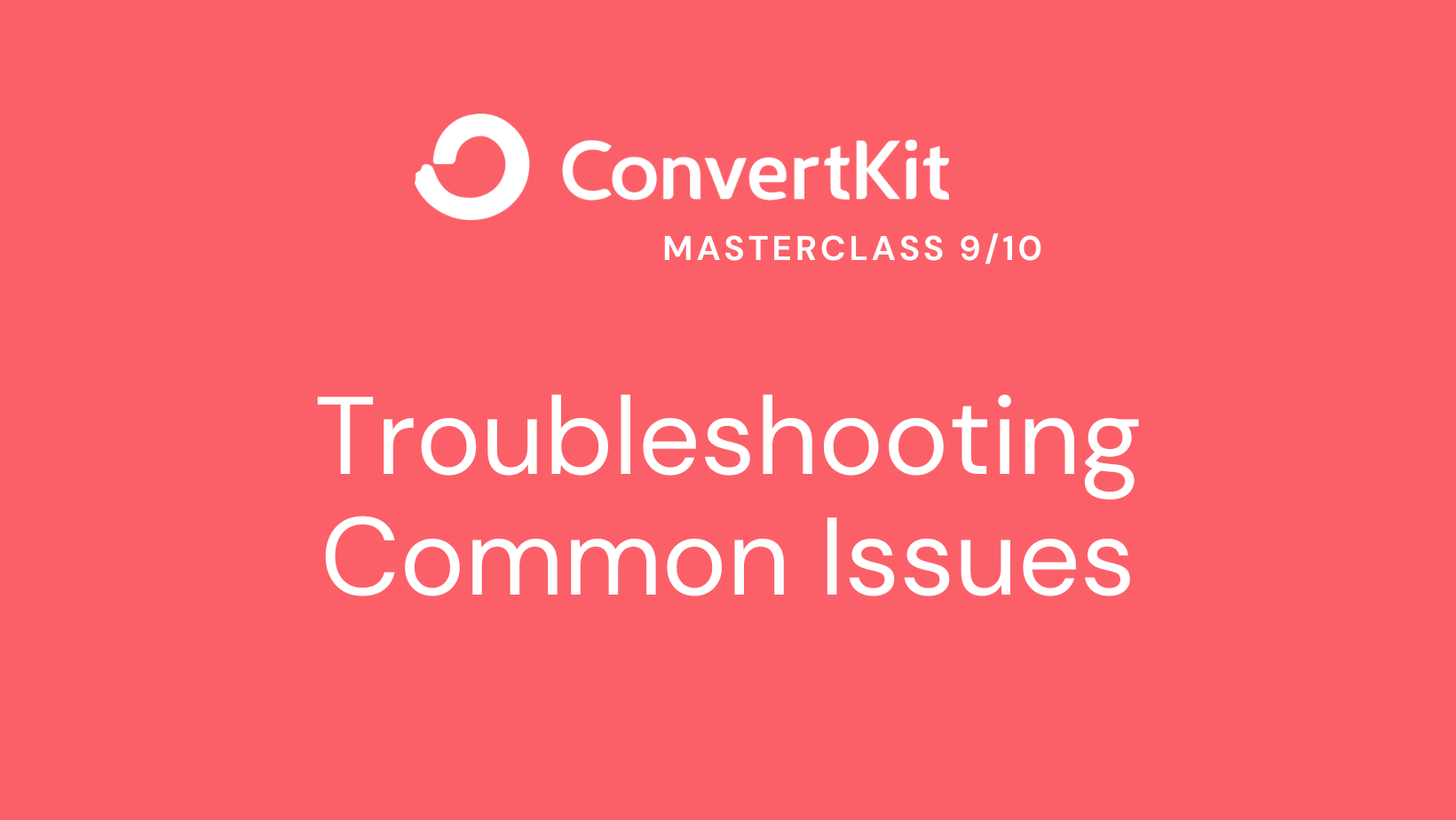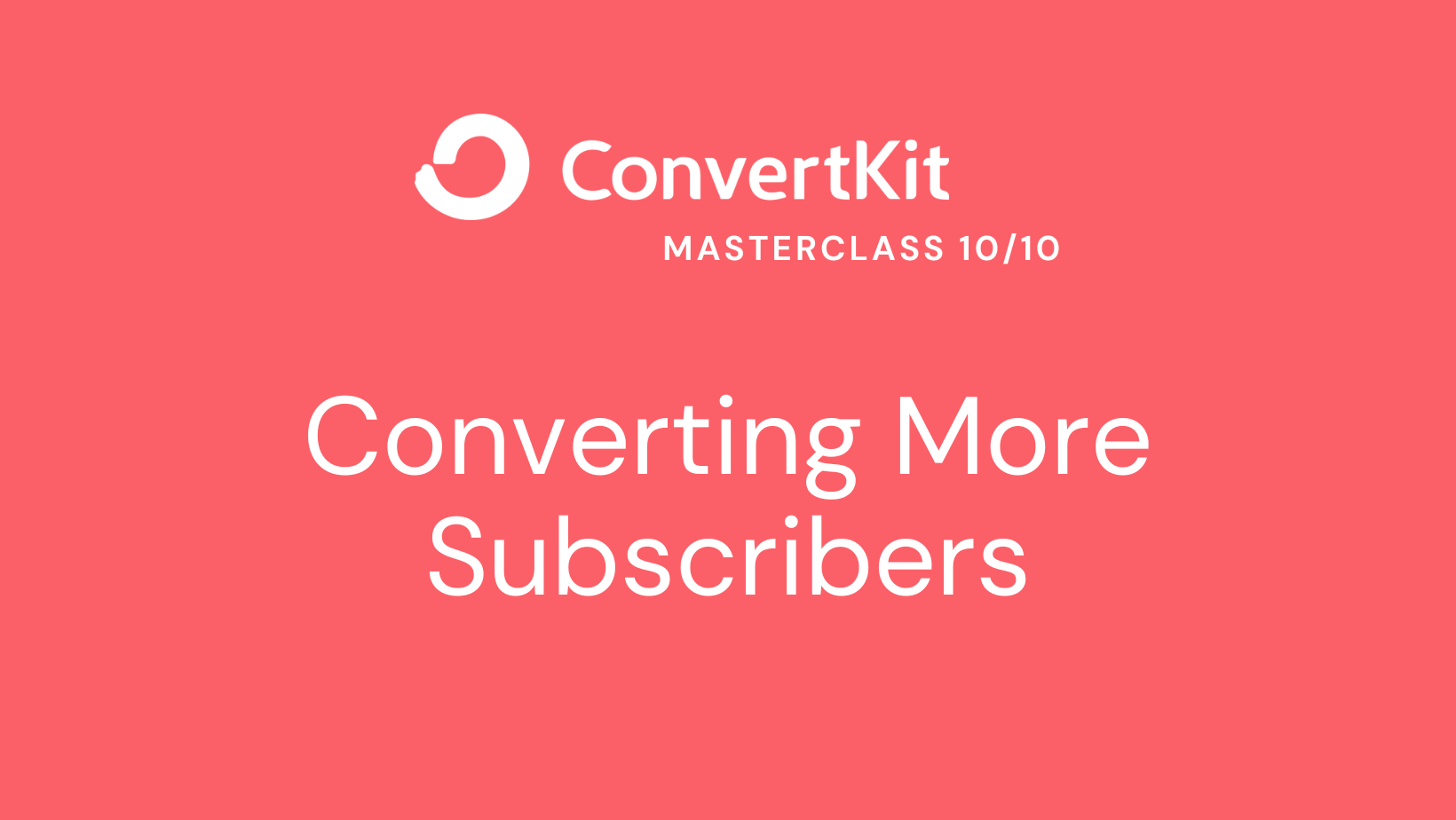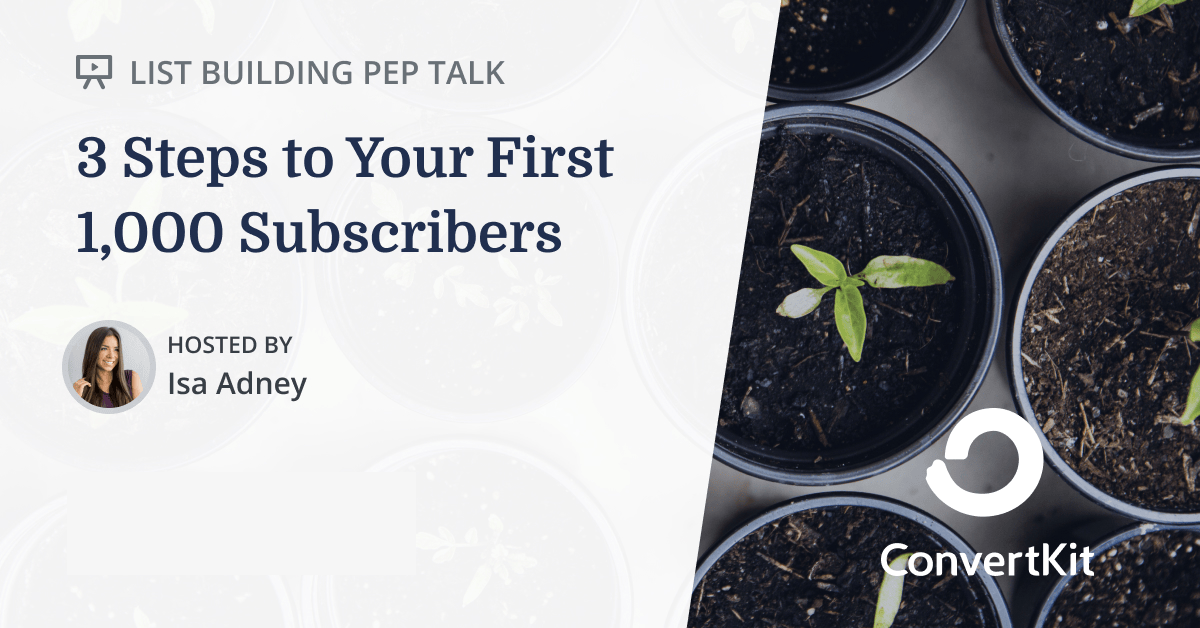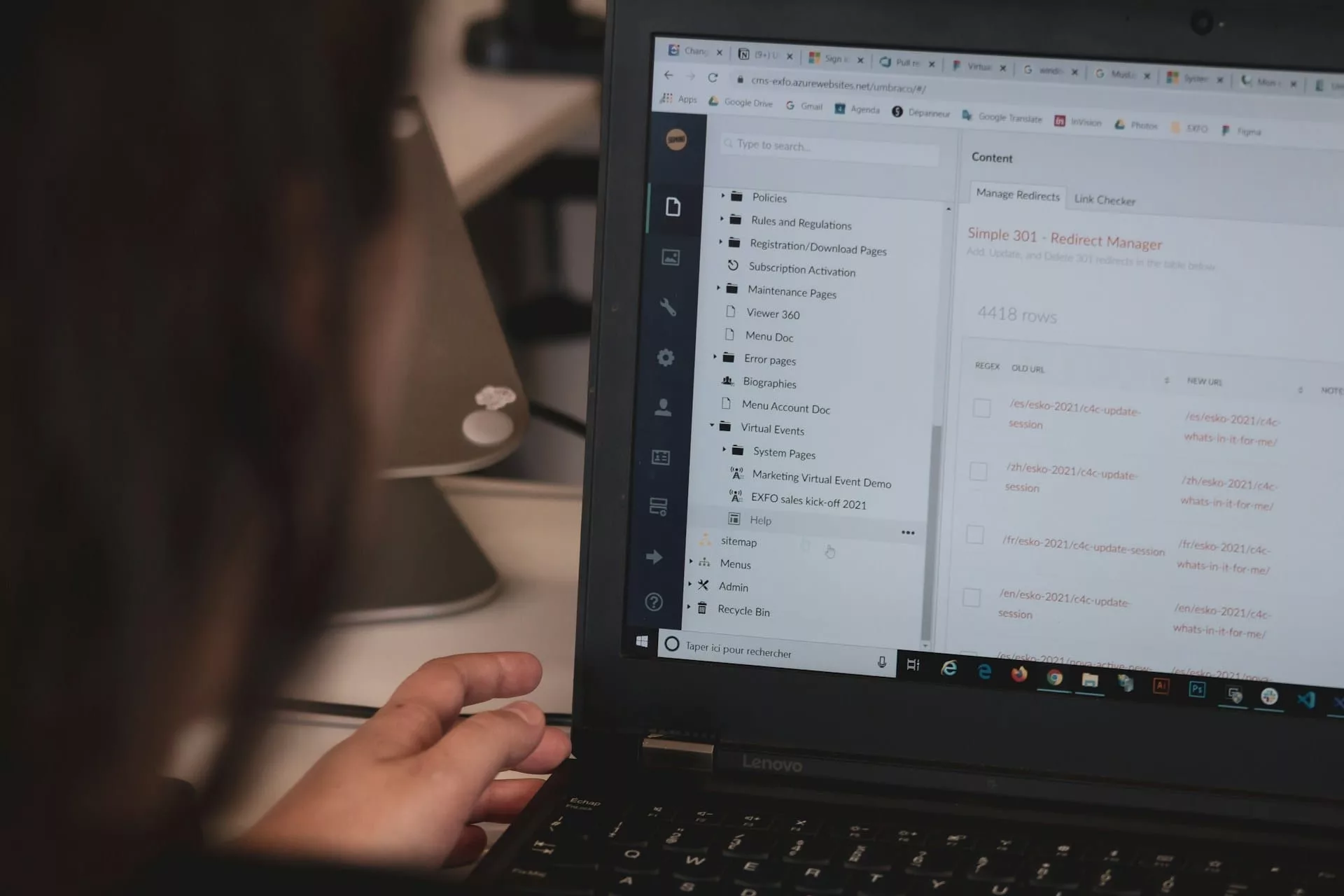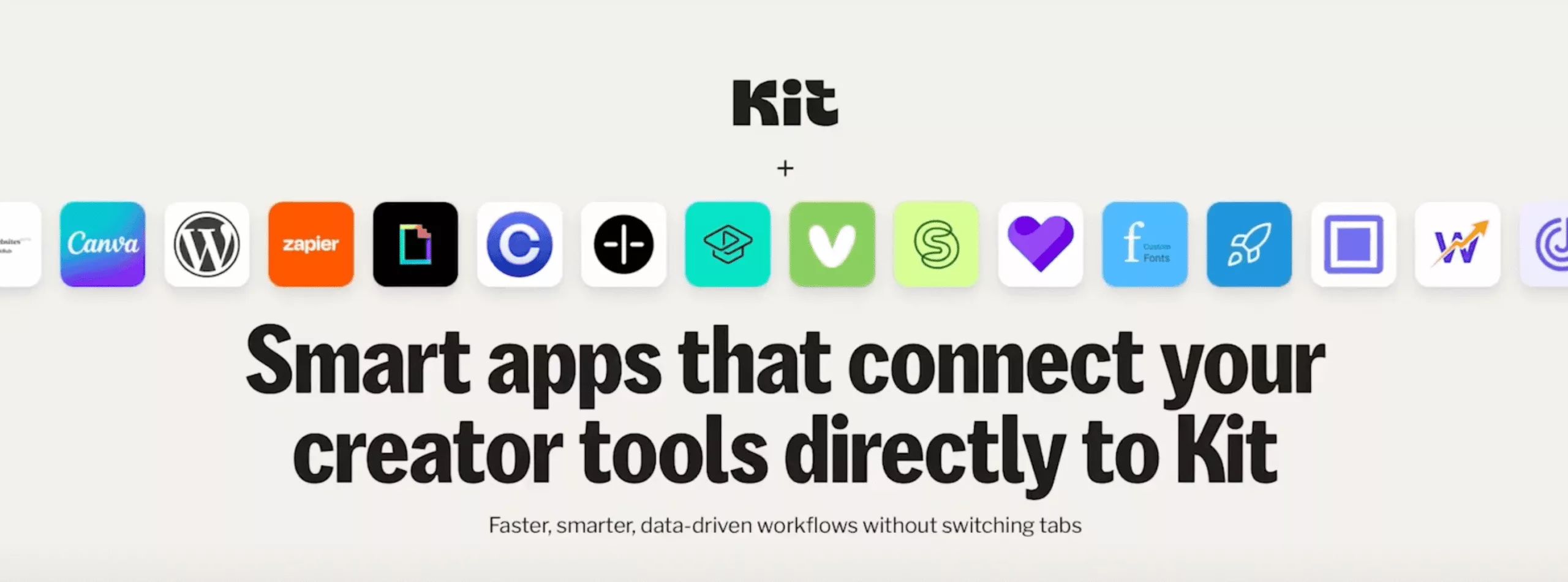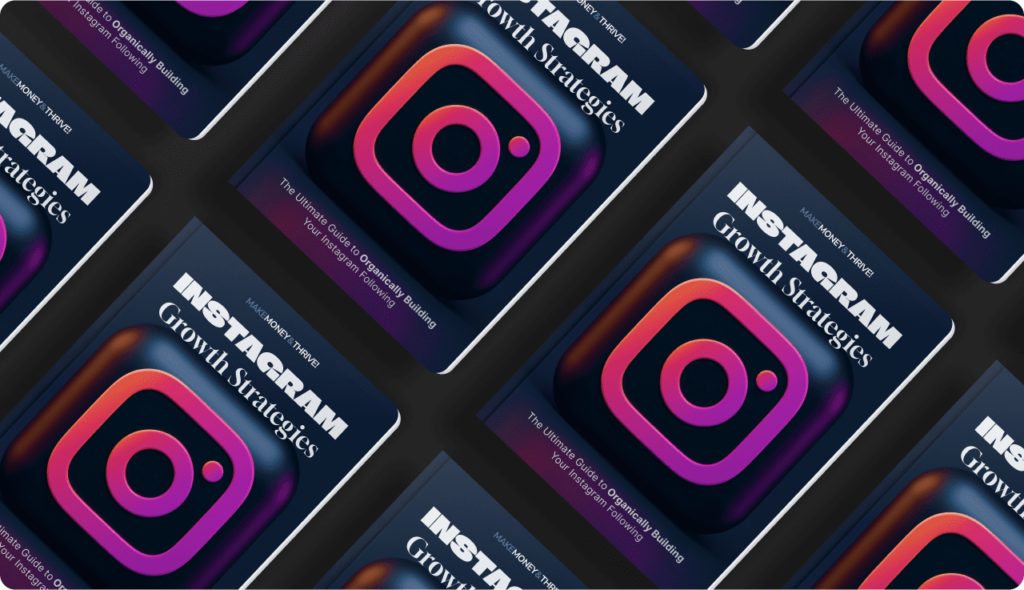Troubleshooting Common Automation Issues
While automations in ConvertKit can greatly streamline your email marketing processes, it’s not uncommon to encounter issues or challenges along the way. Understanding how to troubleshoot common automation issues can help you ensure the smooth running of your campaigns. Here are some common problems that may arise and tips for troubleshooting them:
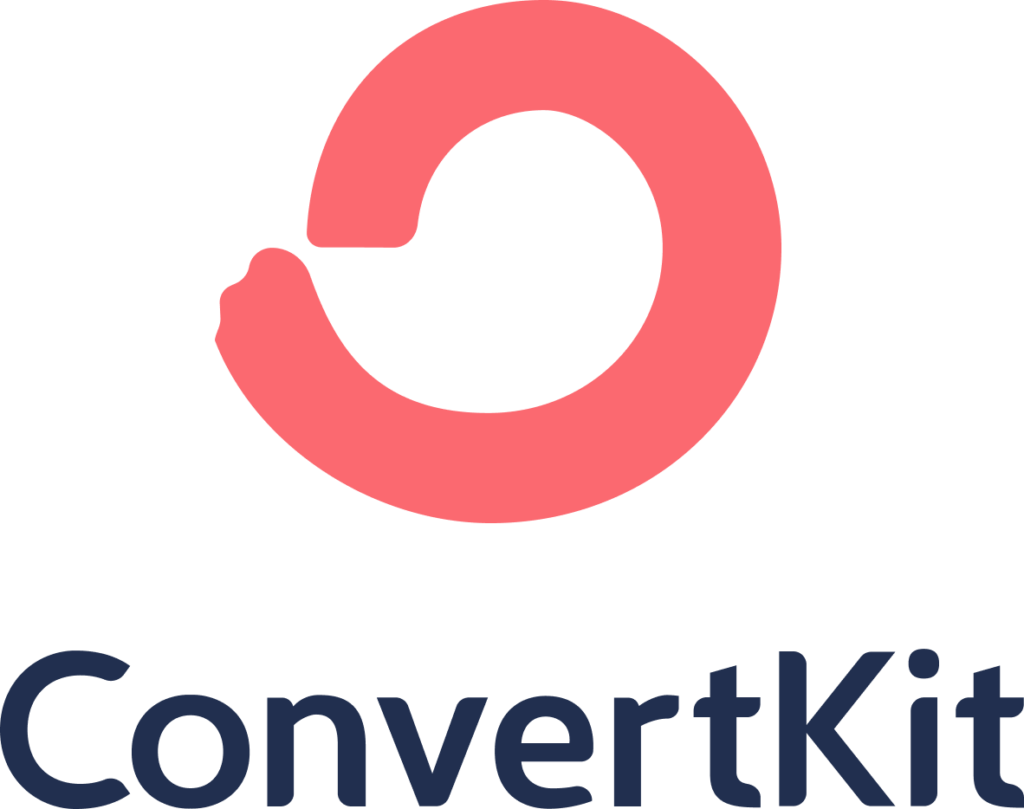
Try ConvertKit
ConvertKit is the only email marketing platform we use, and will ever use.
ConvertKit is our #1 recommended email marketing platform because it has been built with care to the exact needs of creators building online businesses. Their user experience is very user-friendly. And segmenting our subscribers into focused groups so that we can deliver content specific to their needs has never been easier. We’re all-in on ConvertKit.
- Emails Not Being Sent: If you notice that emails within your automation are not being sent as expected, there are a few potential causes to consider:
- Check Trigger Settings: Review the trigger settings of your automation to ensure they are configured correctly. Make sure the trigger conditions are properly set up to initiate the automation.
- Verify Email Status: Ensure that the subscribers in your automation have active and deliverable email addresses. Inactive or bounced email addresses may prevent emails from being sent.
- Review Delay Settings: If you have set delays between emails, verify that the delay durations are appropriate. Check if there are any conflicts or inconsistencies that may be causing delays or preventing emails from being sent.
- Test Automation: Conduct thorough testing of your automation to identify any issues. Enroll test subscribers and monitor their journey through the automation to pinpoint any bottlenecks or failures in email delivery.
- Incorrect Tag Application: Sometimes, tags may not be applied or removed as intended within your automation. Here’s what you can do:
- Check Automation Rules: Review the rules and conditions set within your automation to ensure that tags are being applied or removed correctly. Double-check the actions and triggers associated with the tags to ensure accuracy.
- Test Tag Application: Test the automation by enrolling test subscribers and observing if the tags are applied or removed as expected. This will help you identify any inconsistencies or errors.
- Review Tag Settings: Ensure that the tags you’re using are properly configured in ConvertKit. Verify that the tags exist and are correctly associated with the desired actions and triggers.
- Subscribers Getting Stuck in an Automation: If subscribers are not progressing through your automation or are getting stuck at a certain step, consider the following:
- Check Automation Logic: Review the flowchart and logic of your automation to identify any potential loops or roadblocks. Ensure that the decision points, conditions, and actions are correctly set up to guide subscribers through the automation.
- Verify Trigger Conditions: Double-check the trigger conditions that move subscribers from one step to the next. Make sure the conditions are accurate and aligned with your intended automation flow.
- Test Subscriber Journey: Enroll test subscribers and track their progress through the automation. Monitor where subscribers are getting stuck and analyze the associated actions and triggers to diagnose the issue.
- Low Engagement or Conversion Rates: If your automation is not generating the desired engagement or conversion rates, consider these troubleshooting steps:
- Review Content Relevance: Assess the relevance of your content within the automation. Ensure that the emails, offers, and messaging align with your subscribers’ interests, needs, and the stage of the customer journey they’re in.
- Analyze Segmentation: Evaluate your segmentation strategy and tagging criteria. Verify that your segments are effectively targeted and receiving content that resonates with their preferences and behaviors.
- Optimize Email Copy and Design: Take a closer look at your email copy, subject lines, and design elements. Ensure that your emails are engaging, compelling, and visually appealing. Test different variations to identify what resonates best with your audience.
- Test Call-to-Actions: Evaluate the effectiveness of your call-to-action buttons or links within the emails. Experiment with different placements, wording, or design to encourage higher click-through and conversion rates.
- Monitoring and Analytics: Regularly monitor the performance of your automations to identify potential issues or areas for improvement. Leverage the analytics and reporting features in ConvertKit to gain insights into open rates, click-through rates, conversion rates, and subscriber behavior.
By analyzing the data and metrics, you can identify patterns, spot areas of improvement, and make informed adjustments to your automation strategy.
Troubleshooting common automation issues in ConvertKit is crucial for maintaining the effectiveness of your email marketing campaigns. By addressing problems such as emails not being sent, incorrect tag application, subscribers getting stuck, low engagement or conversion rates, and ensuring proper monitoring and analytics, you can optimize the performance of your automations and deliver a seamless experience to your subscribers. Remember to test, review, and refine your automations regularly to ensure they continue to drive engagement and contribute to the success of your online business.
Conclusion
Understanding Convertkit automations is crucial to creating successful email marketing campaigns. With the ability to trigger actions based on subscriber behavior, automations can help you save time, increase engagement, and ultimately grow your business. By following the steps outlined in this in-depth guide, you’ll be able to create effective automations that nurture your subscribers and lead them towards conversion. And if you’re looking to take your Convertkit skills to the next level, be sure to check out our other posts in this guide, such as “Advanced Convertkit Strategies: Integrations and Workflows.”
Email List Building Video Workshop
Watch this free step by step video workshop by Isa Adney, Business Owner and Trainer at ConvertKit.
